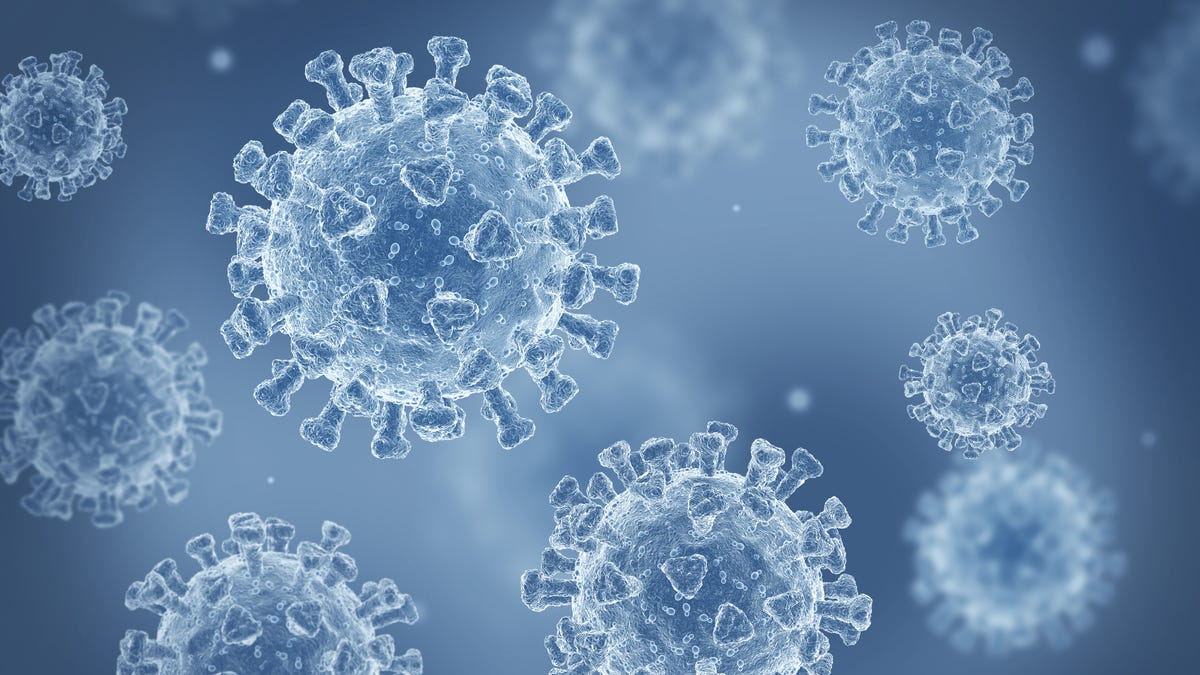The CDC Reports COVID-19 Activity is at ‘Very High’ Levels in Several States: Latest Data Available
The latest information from the CDC reveals that more than half of US states are experiencing ‘high’ levels of viral activity in wastewater, with multiple Midwestern states showing the greatest positivity rates this past week.
According to the latest statistics from the Centers for Disease Control and Prevention (CDC), over fifty percent of US states are currently experiencing “very high” COVID-19 activity levels.
The CDC tests wastewater in communities to detect traces of infectious diseases, including COVID-19.
The data gathered on August 9 indicates that 27 states across the nation are reporting “very high” viral activity in wastewater.
Current Wastewater Viral Activity Levels for COVID-19
The CDC offers a map indicating which states and territories report varying levels of wastewater viral activity from “very high” to “no data” as of August 9, 2024.
COVID-19 Has Now Been Declared Endemic: New Reports
During a discussion on NPR, CDC health officials have labeled COVID-19 as now being “endemic.”
“Currently, we can categorize COVID-19 as endemic globally,” stated Aron Hall, deputy director for science in the CDC’s division for coronavirus and other respiratory viruses.
An endemic refers to a disease that persists in a community at a consistent level, with randomness of sporadic outbreaks, as defined by the South Carolina Department of Health and Environmental Control.
Which COVID-19 Variant is Currently Most Prevalent?
The CDC’s Nowcast data tracker estimates and projects COVID-19 variants over a two-week period, showing that the KP.3.1.1 variant accounts for 27.8% of confirmed cases, followed by KP.3 at 20.1% for the period spanning July 21 to August 3.
“The KP.3.1.1 variant is very alike to other variants currently active in the US. Every existing lineage is a descendant of JN.1, which first appeared late in 2023,” explained Rosa Norman, a spokesperson for the CDC.
Recent Changes in COVID-19 Test Positivity Rates
Data sourced from the CDC indicates that six Midwestern states in Region 5 have observed the largest increase (2.1%) in positive COVID-19 cases between July 28 and August 3, 2024. These findings were made public on August 12, 2024.
Below is a summary of the states and regions with changes in COVID-19 positivity rates over the last week:
- Region 1 (Connecticut, Maine, Massachusetts, New Hampshire, Rhode Island, and Vermont): +1.4%
- Region 2 (New Jersey, New York, Puerto Rico, and the Virgin Islands): -1.3%
- Region 3 (Delaware, District of Columbia, Maryland, Pennsylvania, Virginia, and West Virginia): +1.3%
- Region 4 (Alabama, Florida, Georgia, Kentucky, Mississippi, North Carolina, South Carolina, and Tennessee): +1.4%
- Region 5 (Illinois, Indiana, Michigan, Minnesota, Ohio, and Wisconsin): +2.1%
- Region 6 (Arkansas, Louisiana, New Mexico, Oklahoma, and Texas): +1.5%
- Region 7 (Iowa, Kansas, Missouri, and Nebraska): +0.9%
- Region 8 (Colorado, Montana, North Dakota, South Dakota, Utah, and Wyoming): -1.2%
- Region 9 (Arizona, California, Hawaii, Nevada, American Samoa, Commonwealth of the Northern Mariana Islands, Federated States of Micronesia, Guam, Marshall Islands, and Republic of Palau): -3.1%
- Region 10 (Alaska, Idaho, Oregon, and Washington): +1.2%
Recognizing COVID-19 Symptoms
While the CDC hasn’t specified whether KP.3 or KP.3.1.1 exhibit distinct symptoms, Norman has noted that symptoms linked with KP.3 are akin to those of JN.1. The CDC provides a guide on the common symptoms of COVID-19 on their official website. Symptoms can arise within two to 14 days of virus exposure and may range from mild to severe.
Here are some symptoms associated with COVID-19:
-
- Fever or chills
- Cough
- Shortness of breath or difficulty breathing
-
-
- Difficulty breathing
- Tiredness
- Muscle or body pain
- Headache
- Reduced ability to taste or smell
- Sore throat
- Nasal congestion or runny nose
- Nausea or vomiting
- Diarrhea
-
The CDC advises you to seek medical help if you experience any of the following symptoms:
-
-
- Difficulties in breathing
- Ongoing pain or pressure in the chest
- New instances of confusion
- Inability to wake up or stay awake
- Pale, gray, or blue skin, lips, or nail beds
-

